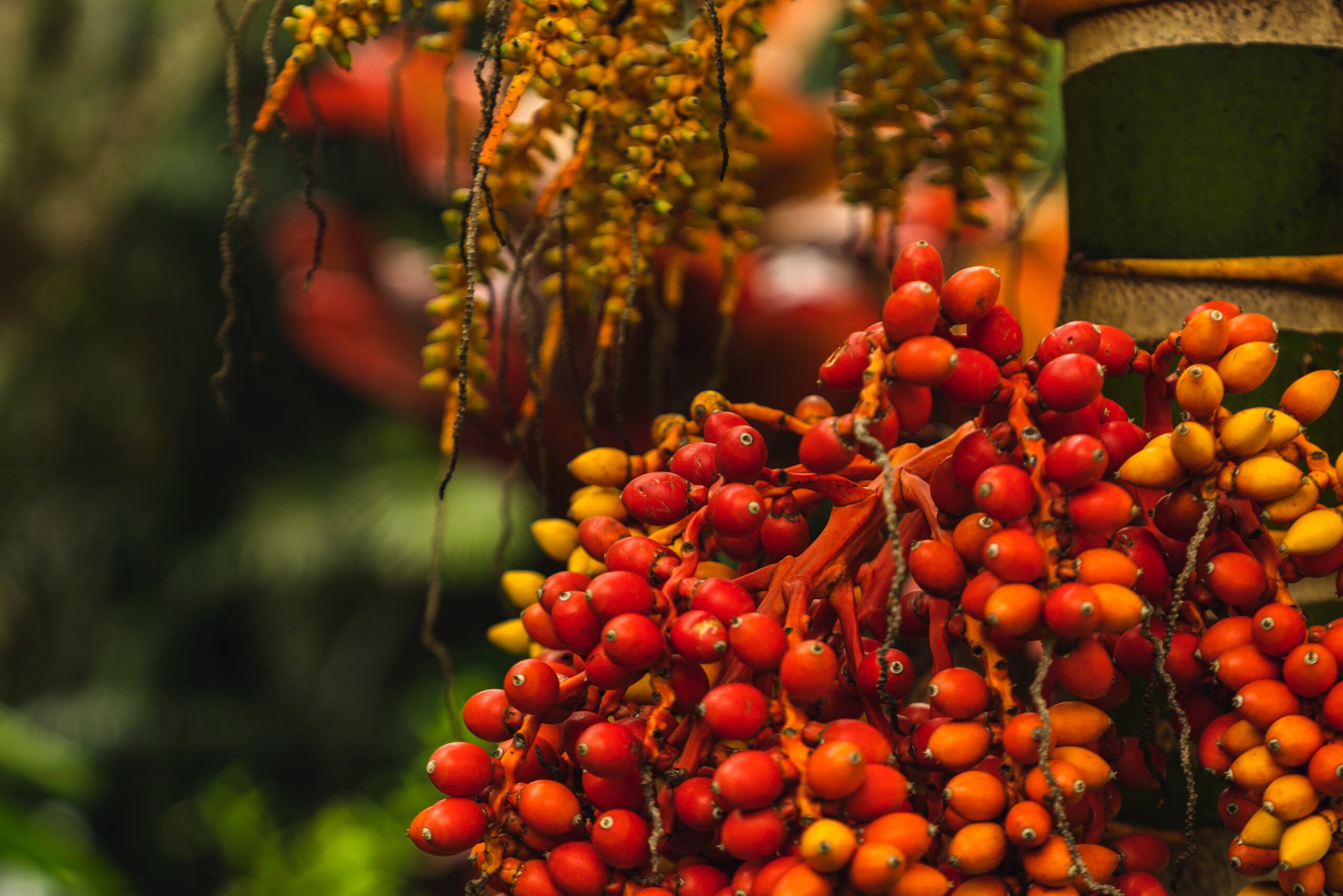The oil palm has become the most popular source of vegetable oil over the past ten years. According to the Palm Oil – Global Market Trajectory & Analytics report, the global market for palm oil has surpassed $42 billion in 2020 and is expected to reach 57 billion by 2026. But few people know that even a few millennia ago, ancient people cooked food in bright red oil from the same fruits. The oil palm is a unique tree with a colossal yield, which is 10 times higher than that of soybeans and 8 times higher than that of sunflower.
For several eras, the growth and production of oil palm has completely changed as with the widespread promotion of healthy eating this type of vegetable oil has become extremely popular. Unlike butter or any other animal fat, it is free of trans fats and cholesterol.
But although oil palm is known as the most efficient oil-producing plant globally, its yields vary significantly depending on the plantation’s age and location. That is why it’s critical to be aware of the exact extent and age of plantations to ensure sustainability in oil palm production and preserve the forest. Luckily, such awareness can be provided by modern technology innovations.
For instance, high-resolution satellite imagery backed up with cloud-computing infrastructures to handle big data can be utilized to map oil palm extent and age. In this piece, we’ll go into more detail on how exactly these and other tech innovations aid in improving palm oil production efficiency.
Remote Sensing Technologies
Palm oil is widely used in biofuels, cosmetics, and food. However, its production is not always carried out in accordance with environmental standards resulting in huge forest losses, especially designated areas. And deforestation is one of the reasons for the destruction of the habitat of many animals, which leads to their extinction.
Deforestation of rainforests and drainage of peat bogs annually produces more greenhouse gases that contribute to climate change than any other country in the world except the United States and China. Large enterprises are already seeking ways to make their production and supply chains more sustainable. However, the results of this work have not been successful, in part because growers and their purchasing clients were unable to collect the maps needed to monitor the oil palm plantations of all suppliers. This is where remote sensing comes into the picture.
Modern remote sensing technologies, leveraging satellite and aerial data, have the potential to make revolution in oil palm plantations management, benefiting both the business and the environment. Till today, oil palm plantations have usually been monitored from land, meaning extra time and costs spent on plants’ assessments. To avoid this, remote sensing offers access to high-resolution and relevant satellite imagery, thus providing full and accurate information on big and distant oil palm plantations. Satellite imagery allows for detecting illegal logging, disease and pest outbreaks, as well as effective plant and soil conditions assessment.
Here are the main remote sensing opportunities to consider for improving palm oil production efficiency:
- Utilizing satellite imagery for finding lands most suitable for oil palm plantations, hence preserving forests and lands with high conservation value
- Using remote sensing technologies for accurate oil palm yield and performance forecasting by measuring parameters like vegetation, trees height, and soil conditions
- Using unmanned aerial vehicles for regular plantations monitoring, especially in tropical countries where satellite images are not as effective due to frequently high cloudiness.
Robotic & Biology
Managers of agricultural enterprises in developed countries are frequently faced with a workforce shortage issue. Many are retiring, and young people don’t tend to choose the agricultural sector to build a career. The use of robotics can help solve this problem. While self-driving harvesters are already efficiently harvesting potatoes and cereals, the situation with berries, vegetables and fruits is more complicated. It is necessary to teach the machines to harvest carefully and without damaging the product.
For instance, there are already developed robotic fruit pickers for oil palms designed to co-exist with orangutans, elephants, and other fauna present in these plantations. The robots are equipped with GPS to track the harvest routes, continuous track, weight scale, and more.
As for biology, the palm oil Industry is a biological based business, and of the biggest buzz words in biotechnology is GMO. But although genetically modified food is still perceived negatively, it is starting to change thanks to technologies like CRISPR.
The difference between CRISPR and previously existing gene editing methods is that the new system makes it possible to very accurately cut out the necessary fragments from the genetic material, replacing them with others. Thus, as a result of scientific intervention, a plant or a product receives the desired properties and qualities. At the same time, third-party genetic material is not used – the work is carried out only within the DNA of the plant used. For instance, recently developed CRISPR-Cas Enzymes allow crops to withstand severe climate conditions, infections, pests outbreaks, and other threatening conditions.

